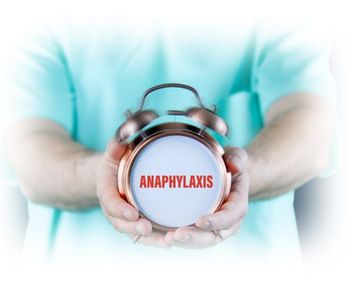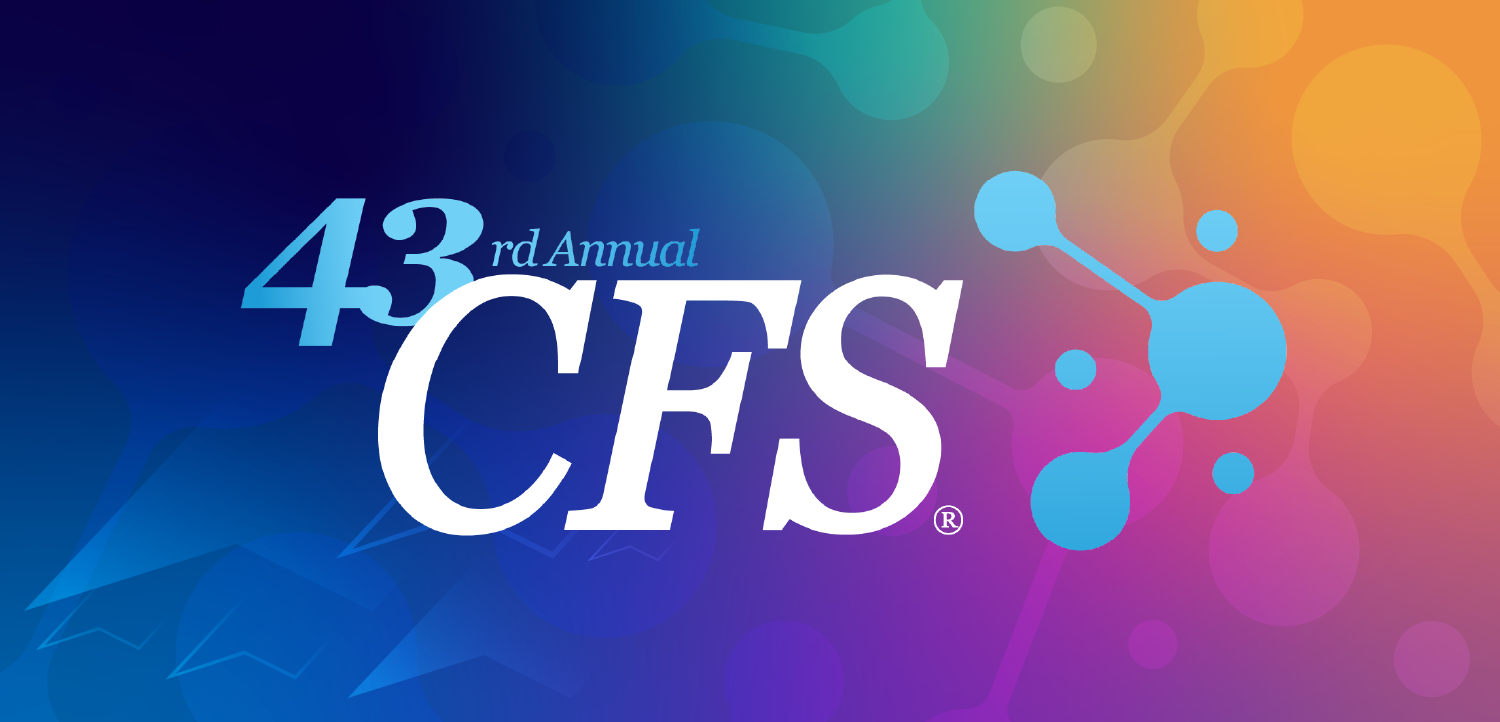
Tapinarof Cream 1%, Shows Early and Durable Response in Children With Atopic Dermatitis
ACAAI 2025. Phase 3 data show tapinarof cream provides early, sustained improvement and good tolerability in children aged ≥2 years with atopic dermatitis.
New data presented at the 2025 American College of Allergy, Asthma & Immunology (ACAAI) Annual Scientific Meeting in Orlando, Florida, demonstrate that
Results were reported from the phase 3
Early improvements in skin clearance were observed, with significant differences in validated Investigator Global Assessment for Atopic Dermatitis (vIGA-AD) response rates as early as week 1 and maintained through week 8. Among children with atopic comorbidities, 42.3% of those treated with tapinarof cream achieved vIGA-AD response compared with 11.8% receiving vehicle (P < 0.0001). In those without comorbidities, response rates were 49.5% with tapinarof vs 14.8% with vehicle (P < 0.0001).
Improvement in Eczema Area and Severity Index (EASI) scores was observed as early as week 2 and sustained through week 8. In children with comorbidities, 54.5% of those using VTAMA achieved improvement vs 21.8% with vehicle (P < 0.0001); in those without comorbidities, 63.1% vs 20.4%, respectively (P < 0.0001).
Patient-reported outcomes also improved early in treatment. Total mean Patient-Oriented Eczema Measure (POEM) and POEM sleep scores showed significant differences by week 1 and were maintained through week 8. For participants with comorbidities, total POEM scores were 6.9 with VTAMA vs 12.0 with vehicle (P < 0.0001), and POEM sleep scores were 0.9 vs 1.4 (P = 0.0003). In those without comorbidities, total POEM scores were 6.7 vs 11.9 (P < 0.0001) and POEM sleep scores 0.6 vs 1.4 (P < 0.0001).
Clinically meaningful improvements in itch (≥4-point Peak Pruritus Numeric Rating Scale [PP-NRS] response) were reported at week 2, with continued improvement through week 8. Among participants with comorbidities, 55.6% receiving VTAMA achieved response vs 36.3% with vehicle (P = 0.0043); among those without comorbidities, 63.3% vs 29.2%, respectively (P < 0.0001).
“As many
The analysis also included children with common comorbid allergic conditions, such as asthma, food allergy, and allergic rhinitis. Efficacy and safety outcomes were consistent across subgroups, according to the company.1
Treatment was well tolerated, with the most common adverse events including folliculitis, contact dermatitis, and headache. No new safety signals emerged relative to prior studies in adults with plaque psoriasis or in children and adults with atopic dermatitis.1
An estimated 13% of children in the US have AD, many of whom experience significant impacts on sleep, social functioning, and overall quality of life.2 Topical corticosteroids and calcineurin inhibitors remain standard first-line therapies, but long-term use is limited by potential adverse effects, particularly in pediatric populations.
Tapinarof, a first-in-class, nonsteroidal aryl hydrocarbon receptor (AhR) agonist, is
“These results add to the growing body of evidence supporting the efficacy and safety of VTAMA in pediatric patients living with atopic dermatitis, including those with allergic comorbidities,” said the company in a statement.1
References:
- New data show early and consistent response to VTAMA (tapinarof) cream 1% in children aged ≥2 years with atopic dermatitis, including those with associated comorbidities. News release. Organon. November 8, 2025. Accessed November 11, 2025.
https://www.organon.com/news/new-data-show-early-and-consistent-response-to-vtama-tapinarof-cream-1-in-children-aged-2-with-atopic-dermatitis-including-those-with-associated-comorbidities/ - National Institute of Arthritis and Musculoskeletal and Skin Diseases. Atopic Dermatitis. Updated: November 2022. Accessed November 11, 2025.
https://www.niams.nih.gov/health-topics/atopic-dermatitis - Halsey G. Tapinarof Cream, 1%, Gets FDA Green Light for Atopic Dermatitis in Individuals Aged 2 Years and Older. News release. Patient Care. December 16, 2024.
https://www.patientcareonline.com/view/tapinarof-cream-1-gets-fda-green-light-for-atopic-dermatitis-in-individuals-aged-2-years-and-older
Newsletter
Enhance your clinical practice with the Patient Care newsletter, offering the latest evidence-based guidelines, diagnostic insights, and treatment strategies for primary care physicians.
































































































































































































































































































